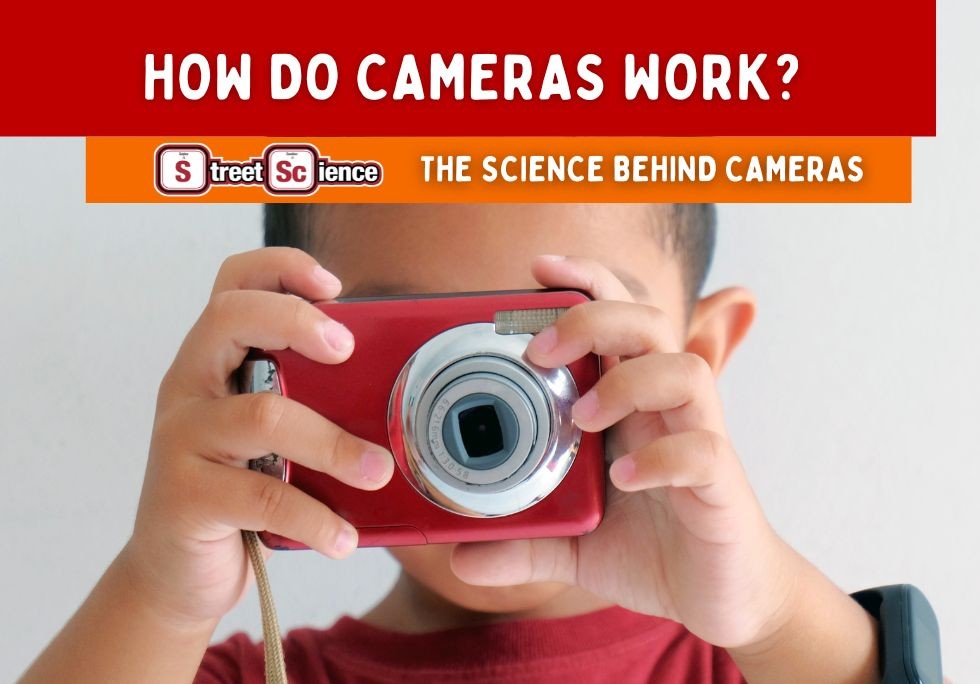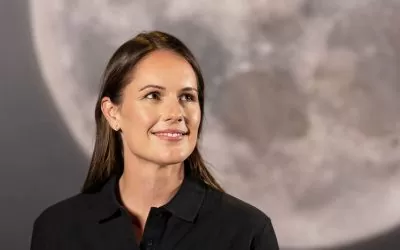It’s funny to think, but the phones we carry in our pockets contain some of history’s most powerful cameras.
That’s right. The tiny little camera on the back of your phone is the result of more than 200 years of research and scientific developments! While humans have been using our own two hands to paint and draw for thousands of years, it was only in recent times that we figured out the science of taking photos.
The technology that powers cameras is actually based on very simple principles, it has just taken us a while to get to the point where we can all carry around cameras in our pockets!
When Were Cameras Invented?
When we talk about history’s earliest cameras, we have to divide them into two main categories.
The very first type of camera was called a “camera obscura.” Unlike the camera on your phone, a camera obscura doesn’t snap a photo that you can print out and carry around. Instead, a camera obscura is a dark room with a small hole or lens in one wall. The light that streams through the lens projects an image of the outside world onto the wall across from it.
The type of camera you’re more familiar with is the film camera. The first film cameras were developed in the early 1800s by French inventor Joseph Nicéphore Niépce. Building on earlier research that showed certain chemicals change colour when they’re exposed to light, Joseph was able to take the world’s first photograph in 1826.
How Do Cameras Work?
The earliest cameras worked using a clever chemistry trick. Certain chemicals (like silver chloride) change colour when they’re exposed to light. In this case, silver chloride darkens when the light hits it, allowing a photographer to capture a black and white image.
Early cameras were little more than dark boxes with a lens on one side. To take a photo, the lens would be uncovered, and the light that came into the camera was focused onto a plate that was coated with a chemical like silver chloride or silver iodide. The silver would change colour and capture the image that was coming through the lens.
After Joseph Nicéphore Niépce’s success, the world of photography moved forward quickly. Lots of different inventors and chemists turned their attention to creating better cameras and improved photographic chemicals. The biggest leap forward came in 1888 when George Eastman developed his first camera which he called “Kodak.” The Kodak was the first to capture pictures on rolls of photographic film, which produced better quality, longer-lasting images.
These days, film cameras work on the same basic principles, but the technology has come a long way. Modern films use a group of chemicals called silver halides. Silver halides are light-sensitive crystals that change colour when exposed to light. On photographic film, silver halide crystals are coated in gelatin to protect them from being exposed to light and to make sure the photo doesn’t fade after it has been taken.
How Do Digital Cameras Work?
Digital cameras work almost the same way as film cameras.
Except, instead of using rolls of film made using light-sensitive silver halides, digital cameras have a sensor that’s made of silicon. A digital camera’s sensor has a grid of thousands of tiny “photosites” that are sensitive to light. You’ve probably heard photosites called by their more common name: pixels.
The newest cameras have sensors made up of millions of pixels. When you point your camera and snap an image, light streams through the lens and hits the sensor. The sensor absorbs photons, measures the colour and intensity of the light, and turns that information into a long string of numbers. To a computer, that long string of numbers is a set of instructions that tells it how to show the image, which is why you can transfer digital images to any camera, computer or smartphone and they always look the same!
Want to Know More About the Science Behind Cameras? Book with Street Science Today!
With a history dating back thousands of years, cameras are one of our most important inventions. If you’re a budding photographer, chemist or filmmaker, the Street Science team would love to help you dive deeper into the topic! Our popular See the Light for Year 5s show is all about how light moves and is absorbed, and we guide students through the process of making light-sensitive bands that work much the same way as cameras.
We develop all our shows to deliver engaging and impactful lessons that students will carry with them for years to come. Our expert instructors work to Australia’s school curriculum and know how to turn any topic into a fun one! Feel free to contact us at any time if you have questions or would like to book a show with our team.




